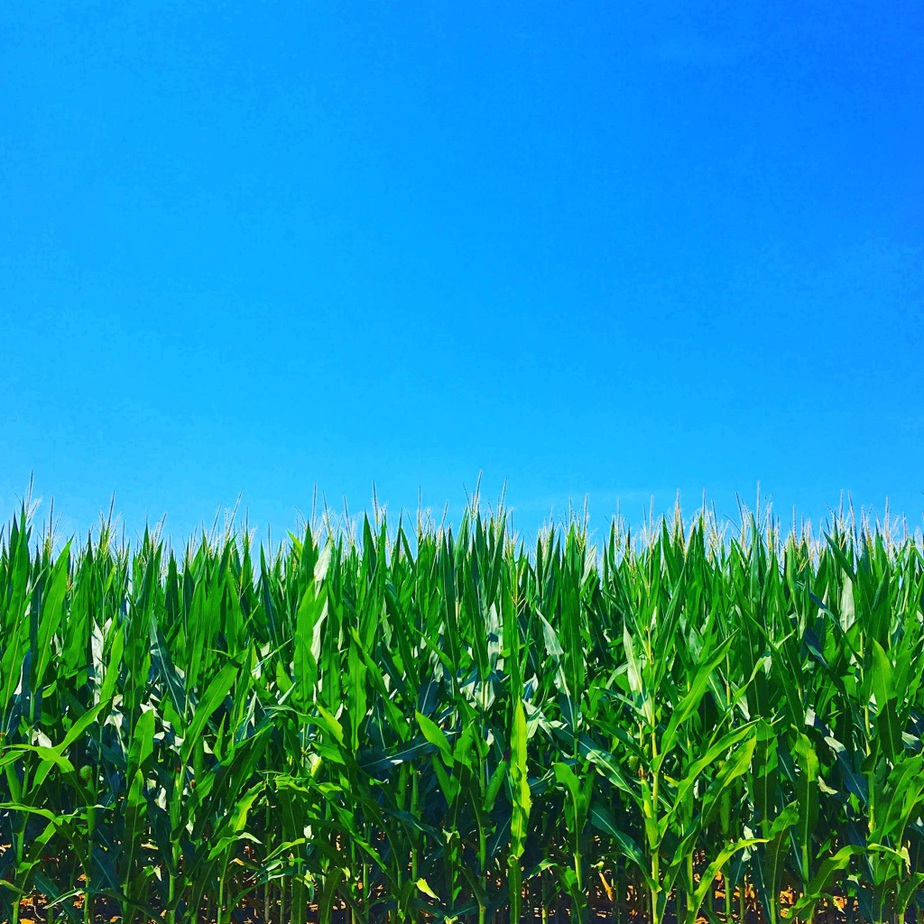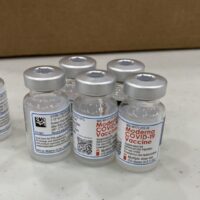
(Photo By Jennifer P. Brown)
Net farm income in 2019 is expected to be 10.2 percent higher than in 2018, mostly because of government trade bailout payments, according to the latest update in the U.S. Department of Agriculture’s Farm Income Forecast report.
In inflation-adjusted dollars, it’s a $7 billion bump, or 8.2%, from last year. Here are some highlights from the report, created by the USDA’s Economic Research Service:
- In inflation-adjusted 2019 dollars, net farm income (a broad measure of profits) is forecast to hit $92.5 billion this year.
- If the forecast is correct, 2019 net farm income would be 2.8% above the 2000-2018 average of $90.1 billion, but 32.3% below its $136.6 billion peak in 2013.
- Net cash farm income (a more precise measurement) is predicted to increase 15% from last year ($15.5 billion), to a total of $119 billion.
- Inflation-adjusted net cash farm income is predicted to increase 12.9%, or $13.6 billion, from 2018. That would put 2019 farm income 10% higher than the 2000-2018 average of $108.2 billion.
- Direct payments to farms from the government are expected to total $22.4 billion, which is $8.8 billion higher than in 2018—a 64% increase. If correct, government payments would account for about 24% of all farm income, the largest share in more than a decade.
- Farm debt is predicted to grow by $13.5 billion in 2019, or 3.4%.
- Farmers’ financial stability is predicted to decrease slightly in the past year as the debt-to-asset ratio, a key measure of financial stability, is expected to increase slightly from 13.28% in 2018 to 13.42%.
- Total receipts for animals and animal products are expected to be largely unchanged as increases in milk and hog sales are almost offset by poultry and egg sale declines.
- Adjusted for inflation, total cash receipts are expected to decline $4.6 billion, or 1.2%, because of a $3 billion drop in animal/animal product receipts and a $1.7 billion decline in crop receipts.
(This report was first published on The Rural Blog, a digest of events, trends, issues, ideas and journalism from and about rural America, by the Institute for Rural Journalism and Community Issues, based at the University of Kentucky.)
The Rural Blog is a publication of the Institute for Rural Journalism and Community Issues based at the University of Kentucky.






